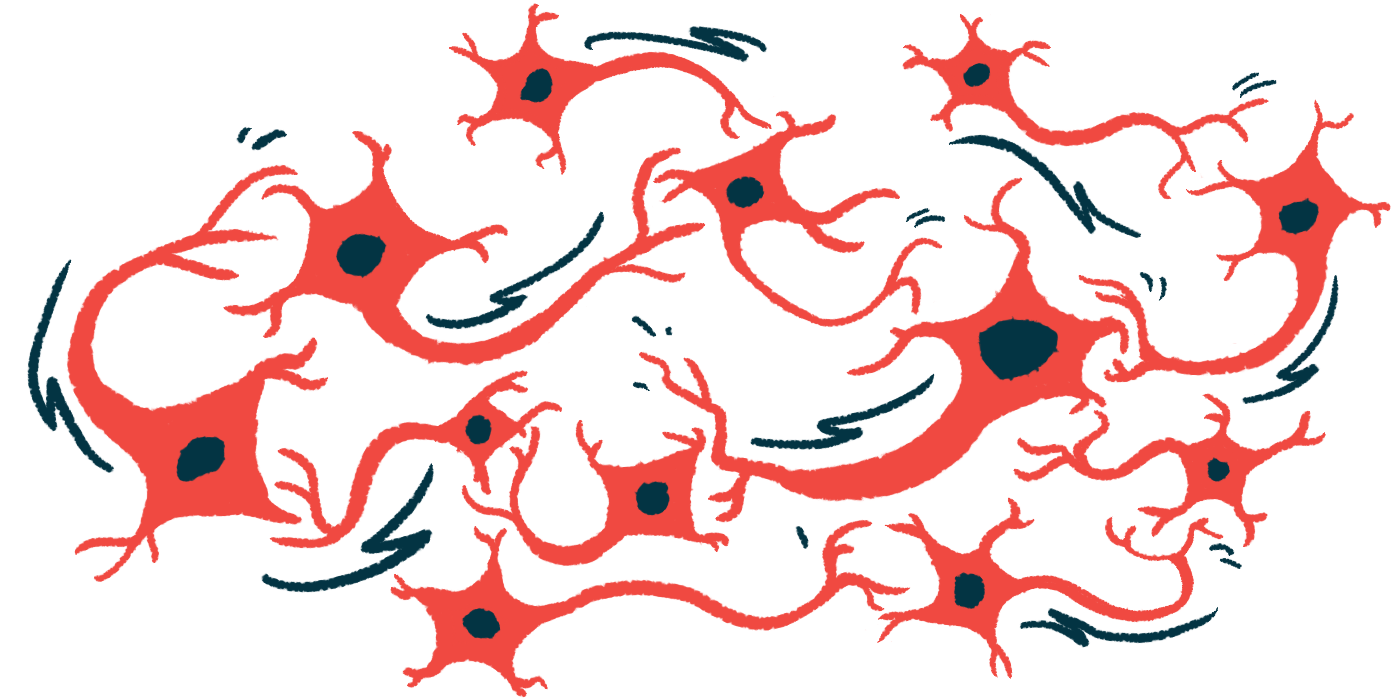Stem Cell Transplant May Halt Nerve Fiber Damage in RRMS: Study
Markers of nerve damage fell significantly in most patients after transplant

Autologous hematopoietic stem cell transplant (aHSCT) reduces markers of nerve fiber and myelin damage in people with relapsing-remitting MS (RRMS), according to a small study done in Sweden.
“We investigated if therapeutic intervention with aHSCT could halt the injurious process leading to tissue damage in MS,” researchers wrote. “Our main finding is that a majority of patients reach that goal with time, regardless of subsequent disease activity.”
The study, “Biomarkers of demyelination and axonal damage are decreased after autologous hematopoietic stem cell transplantation for multiple sclerosis,” was published in Multiple Sclerosis and Related Disorders.
MS is caused by inflammation that causes damage to the myelin sheath — a fatty covering around axons (nerve fibers) that helps them send electrical signals. As a result of myelin loss (demyelination), axons become damaged, and the resulting neurological dysfunction ultimately gives rise to the symptoms of MS.
aHSCT, commonly called stem cell therapy, is a one-time treatment that aims to “reset” a person’s immune system: stem cells are collected from the bone marrow, then intense radiation or chemotherapy is used to wipe out the immune system, and finally the stem cells are returned to repopulate the body with healthy immune cells.
Studies have shown that aHSCT can slow the progression of MS, reduce relapses, and improve life quality for patients, but how the treatment affects tissue damage is less well-studied.
Study measured markers of nerve damage before and after stem cell transplant
Here, scientists at Uppsala University, in Sweden, conducted an analysis to see how markers of nerve damage in the cerebrospinal fluid (CSF) — the liquid that surrounds the brain and spinal cord — changed following aHSCT in people with RRMS.
The analysis specifically assessed three protein markers: neurofilament light chain (NFL), myelin basic protein (MBP), and glial fibrillary acidic protein (GFAp).
NFL is a structural protein inside of axons that gets released into the blood and other fluids when nerve fibers are damaged. The protein is commonly used as a marker of nerve fiber damage.
MBP is a component of the myelin sheath that is released when myelin is damaged. GFAp is a marker of the activation of astrocytes, which are star-shaped cells that support neuronal function.
The study included 43 RRMS patients who underwent aHSCT in the period from January 2012 to January 2019, and who had available CSF samples collected before and after the transplant. Their average age at aHSCT was 31 years, and about 80% had been on at least two prior lines of disease-modifying therapies.
Over a median follow-up time of nearly four years, almost all patients did not receive additional lines of therapy, while measures of disability either were generally stable or showed less impairment. About 21% of patients experienced some form of disease activity during the follow-up, including four who experienced a relapse, five with new MRI lesions, and five with disability worsening.
Among participants, all 43 had CSF samples collected before the transplant and after one year of follow-up. Additional samples were obtained and available for 26 patients at two years, and for eight patients at five years post-treatment.
At baseline, NFL concentrations in the CSF were above the upper end of normal in 67% of patients, and MBP levels were above normal in 63% of patients.
For both markers, levels were generally higher in patients with active lesions. But after aHSCT, the proportion of patients with elevated levels of these two markers continuously fell, and by five years post-transplant, 88% of patients had normal NFL, and the same proportion had normal MBP levels.
“Before treatment with aHSCT was initiated, the CSF concentrations of NFL and MBP was pathologically increased in about two-thirds of patients,” the researchers wrote. “The concentrations decreased after aHSCT and at the first follow-up, one year after aHSCT, the proportion of patients with pathological values had decreased to about one-third. This decrease continued and by five years only 1/8 patients had a pathological concentration.”
For GFAp, 16% of patients had elevated levels at baseline, and levels generally did not change following aHSCT. In statistical analyses, NFL and MBP levels were closely related, but were less associated with GFAp levels.
At baseline, levels of all three markers were significantly correlated with disability severity, as measured by the Expanded Disability Status Scale. However, these associations were no longer significant a few years after aHSCT. This suggests “that the injurious process leading to disability had been halted,” according to the researchers.
Noted limitations of this study include the small number of patients, especially at later timepoints. “This means that the long-term effects of aHSCT must be interpreted with caution and further studies are needed to ascertain the results on the time scale 5–10 years after aHSCT,” the researchers wrote.







